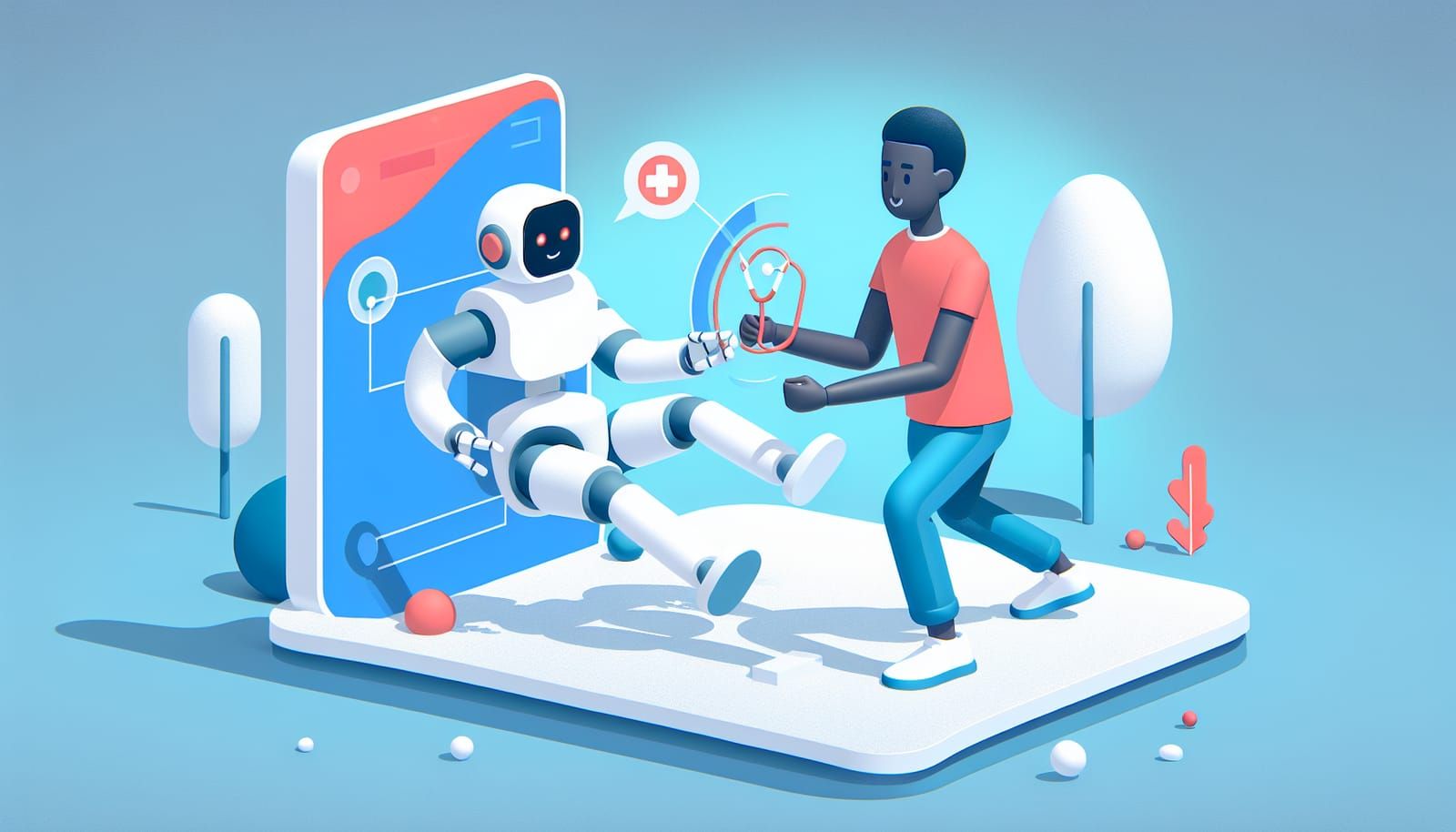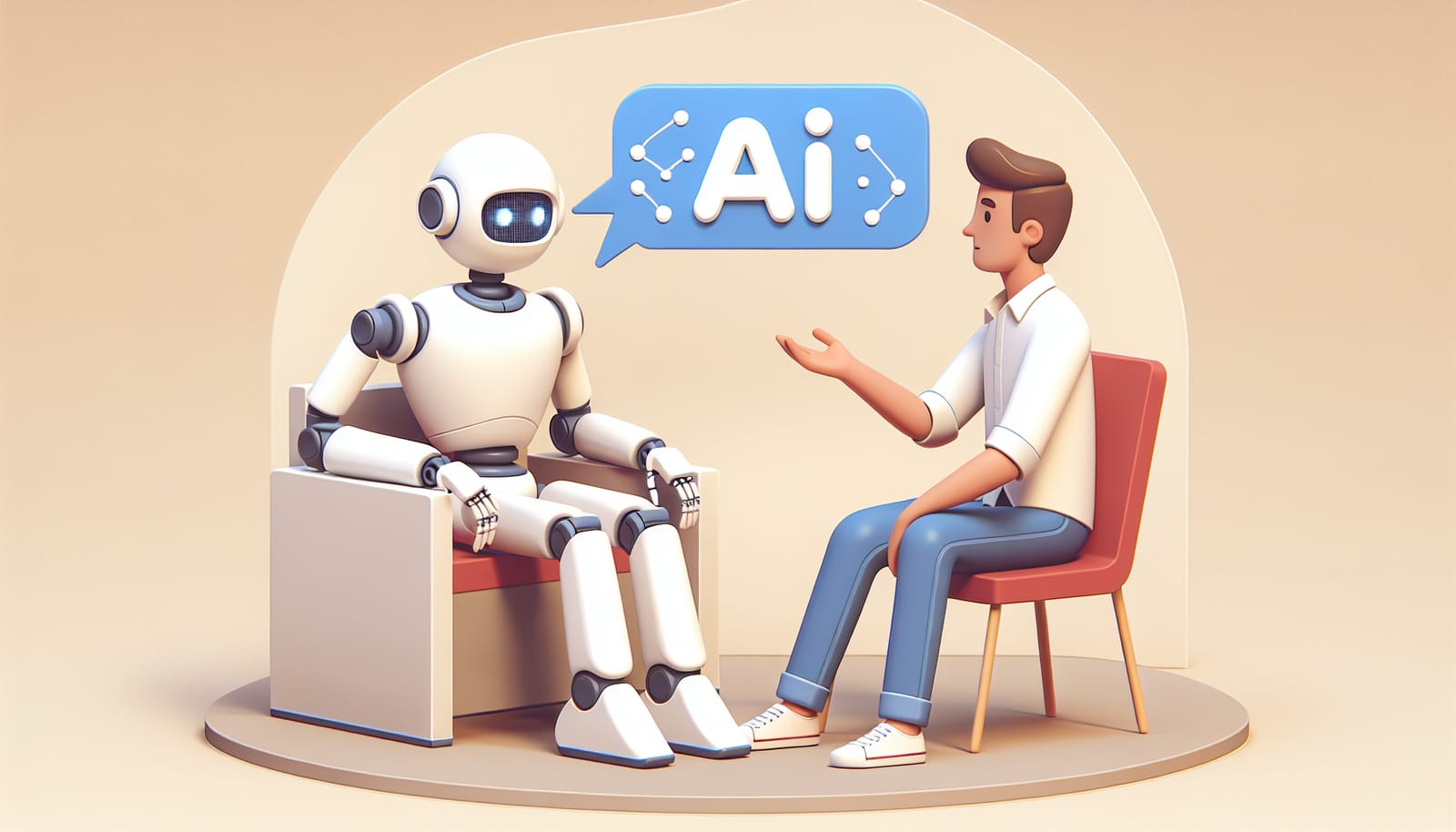Have you ever wondered how a simple idea can transform into a stunning piece of artwork in just seconds? Welcome to the fascinating world of AI-generated images! In this article, we’ll take you behind the scenes to unravel the magic of artificial intelligence (AI) and how it creates images that can amaze and inspire. Whether you’re curious about technology or an aspiring artist, you’ll discover how AI can enhance creativity and open new doors for expression.
What is AI, Anyway?
Let’s start with the basics. AI, or artificial intelligence, is a branch of computer science focused on creating machines that can perform tasks typically requiring human intelligence. This includes learning from experience, understanding language, recognizing patterns, and even generating images.
Imagine a computer that can learn from thousands of pictures of cats and dogs. It could identify which is which and even create new images of animals that don’t exist! This is just one example of what AI can do. The technology is rapidly evolving, making it an exciting time to explore how AI works, especially in the realm of art and design.
The Basics of Image Generation
At the heart of AI-generated images lies a technology called neural networks. Think of these networks as a web of interconnected nodes, similar to the way our brain works. When a neural network is trained, it learns to recognize patterns and features in images, such as shapes, colors, and textures.
The process begins with a dataset, which is a collection of images used to teach the AI. For instance, if we want the AI to create pictures of landscapes, we’d feed it thousands of landscape photos. The more data it processes, the better it becomes at understanding the unique characteristics of landscapes.
How Does AI Create Images?
Once the AI has been trained, it can start generating images from scratch. This is often done using a method called Generative Adversarial Networks (GANs). Here’s how it works:
The Generator: This part of the GAN creates new images. Think of it as an artist trying to paint a picture from memory.
The Discriminator: This part evaluates the images created by the generator. Its job is to distinguish between real images (from the dataset) and fake images (created by the generator).
These two components work against each other. As the generator tries to fool the discriminator with better images, the discriminator becomes better at identifying the fakes. This ongoing battle helps the AI improve over time, leading to stunning results.
The Magic of Style Transfer
One of the most fascinating applications of AI in image generation is style transfer. This technique allows an AI to take one image and apply the artistic style of another image to it. For example, you could take a photo of your pet and have it painted in the style of Vincent van Gogh!
The way this works is similar to what we discussed earlier with neural networks. The AI examines the content of the first image (your pet) and the style of the second image (van Gogh’s painting). It then combines them to create a new artwork that retains the subject while incorporating the chosen style.
Real-World Applications
AI-generated images are not just a fun novelty; they have practical applications across various fields. Here are a few examples:
- Advertising and Marketing: Companies use AI to create eye-catching visuals for campaigns without the need for extensive photoshoots.
- Video Games: AI helps in designing characters, landscapes, and even entire game worlds, making the development process faster and more efficient.
- Fashion Design: Designers can use AI to generate new clothing patterns or styles, sparking creativity and innovation in the fashion industry.
The Ethical Considerations
As exciting as AI-generated images are, they also bring up important ethical questions. For instance, who owns the artwork created by AI? If an AI generates an image based on thousands of other artworks, is it truly original? These are complex issues that artists, developers, and society as a whole are still exploring.
Additionally, there is the risk of misuse, such as creating deepfakes—realistic images or videos that can be misleading. Responsible use of AI technology is crucial to ensure it benefits everyone.
The Future of AI-Generated Art
The future of AI-generated images is incredibly promising. As technology continues to advance, we can expect even more sophisticated tools that empower artists and enthusiasts alike. Imagine a world where anyone can create beautiful art with just a few clicks, regardless of their artistic skills!
Moreover, AI’s ability to analyze and learn from vast datasets means it can uncover patterns and styles that humans might never have considered. This opens up new avenues for creativity and collaboration between human artists and AI.
How to Get Started with AI Art
If you’re interested in exploring AI-generated images yourself, here are some beginner-friendly tools and platforms to try:
- DeepArt: This website allows you to upload your images and apply various artistic styles using AI.
- Artbreeder: A collaborative platform where you can mix and blend images to create unique artwork.
- DALL-E: Developed by OpenAI, this tool generates images from textual descriptions, allowing you to create visuals based purely on your imagination.
AI-generated images are more than just a technological marvel; they represent a new frontier for creativity and expression. By understanding how AI works behind the scenes, we can appreciate the incredible potential it holds for artists, designers, and anyone with a passion for visual storytelling.
As we continue to explore this dynamic landscape, remember that creativity knows no bounds. Whether you’re using AI to create your next masterpiece or simply enjoying the art that emerges from these technologies, the future is bright and full of possibilities. Embrace the magic of AI, and let your imagination soar!


